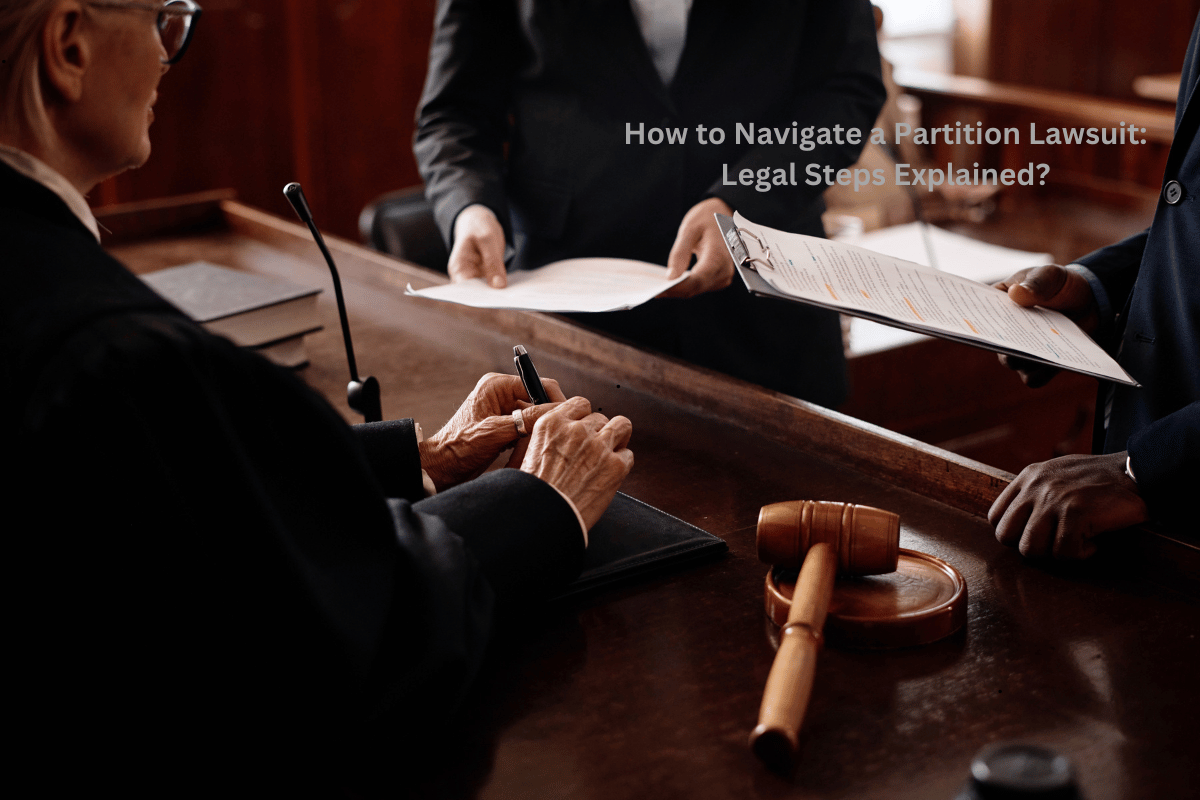How to Navigate a Partition Lawsuit: Legal Steps Explained?
A partition lawsuit is filed when co-owners disagree on a property’s use or sale. Common among heirs, business partners, or separating couples, it can force division or sale if negotiations fail. Understanding this process helps protect your interests and make informed decisions.
Step 1: Consult a Partition Lawyer
Before taking legal action, it is essential to seek professional guidance. A partition lawyer overview can help you understand your rights, obligations, and possible outcomes. The lawyer will assess your case, determine whether litigation is the best option, and explain alternatives like mediation or a buyout agreement.
Step 2: File the Partition Lawsuit
If no agreement is reached, the next step is filing a partition lawsuit in court. The petition should include:
- Names of all co-owners
- Description of the property
- Reason for seeking partition
- Preferred method of division (physical division or sale)
Once the lawsuit is filed, the court will notify all co-owners, giving them a chance to respond.
Step 3: Property Appraisal and Evaluation
The court may appoint an appraiser to determine the property’s fair market value. This step ensures that all parties receive a fair share if the property is sold. In some cases, an agreement may still be reached during this stage, avoiding a lengthy court battle.
Step 4: Court Decision on Property Division
Depending on the circumstances, the court will decide whether to:
Physically Divide the Property
If feasible (common for large land areas). This means splitting the land into separate parcels so each co-owner receives a portion. However, physical division is often impractical for houses or commercial buildings.
Order a Sale
Proceeds of the sale will be divided among the co-owners. This is the most common outcome when dividing the property is not possible. The court may appoint a real estate agent to list the property and oversee the sale.
Allow One Owner to Buy Out
If one co-owner wishes to retain ownership, the court may set a value based on the appraisal and require the buying party to compensate the others accordingly.
Consider Equitable Adjustments
This includes reimbursement for improvements, maintenance, or mortgage payments made by one owner. If one co-owner contributed more financially, the court may adjust the final distribution of proceeds accordingly.
The judge considers factors like property size, zoning laws, financial fairness, and existing agreements before making a decision. Each scenario has its own legal and financial implications, making legal guidance essential during this stage.
Step 5: Finalizing the Partition and Settlement
Once the court orders a division or sale, the process moves forward. If the property is sold, proceeds will be distributed based on ownership percentages. Any remaining disputes, such as unpaid expenses or mortgage responsibilities, must also be resolved.
Protecting Your Interests in a Partition Lawsuit
A partition lawsuit can be complex, but understanding the legal steps can help you prepare for the process. Seeking advice from a qualified lawyer, considering alternative solutions, and following court procedures will ensure a fair resolution. If you are involved in a co-ownership dispute, taking proactive steps can protect your property rights and financial interests.
By knowing your legal options, you can navigate a partition lawsuit with confidence and reach a solution that works best for all parties involved.
Unsure where to begin? Our site has all the answers you’re looking for. Click through to learn more today!







